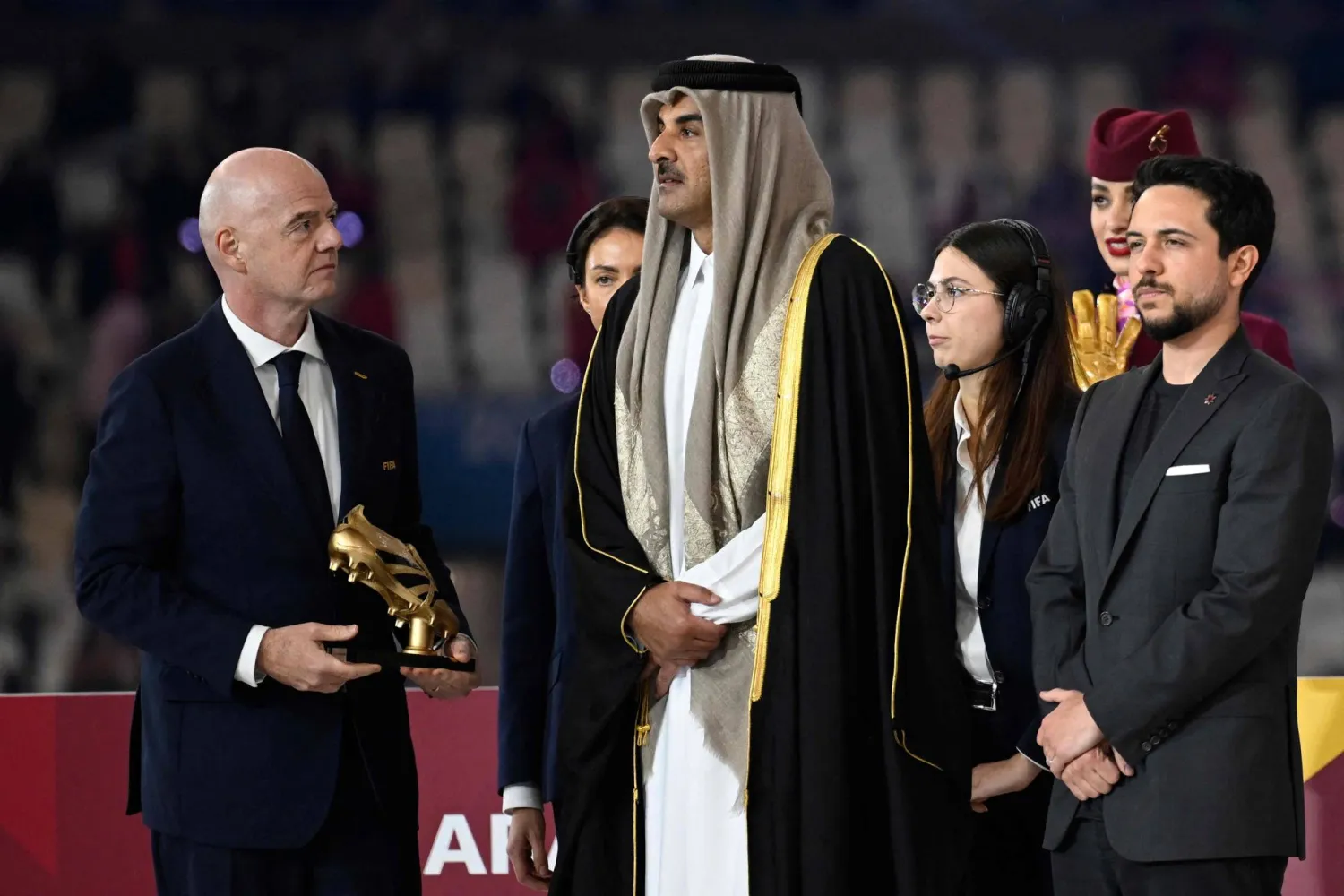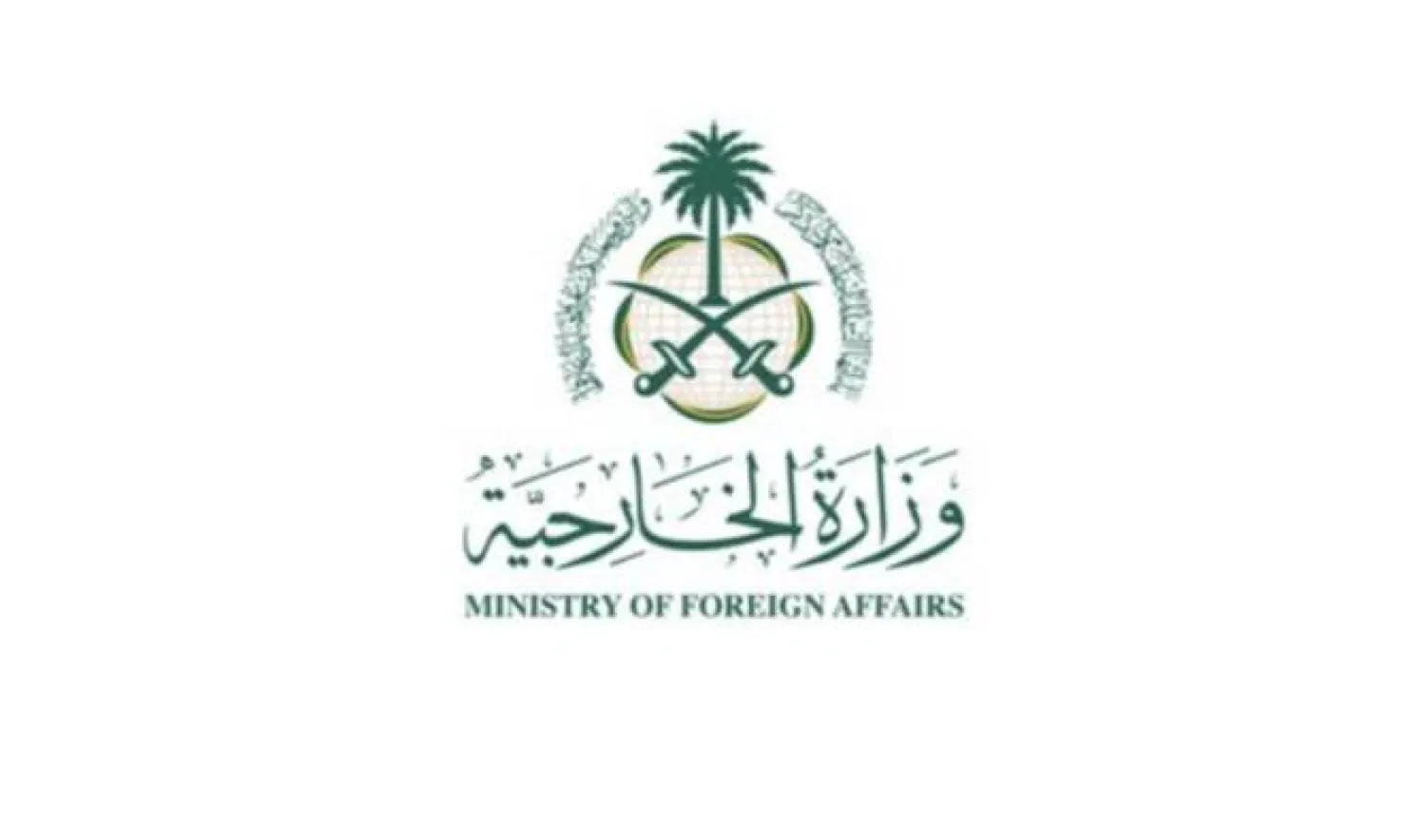Following a highly successful 2025 Ramadan season (1446 AH), during which more than 122 million pilgrims and visitors were received at Islam’s two holiest sites, attention has turned to the factors behind this unprecedented achievement — and the decades of effort that made it possible.
The massive turnout at the Grand Mosque in Makkah is not a coincidence but the result of long-term planning and sustained investment.
Since the era of King Abdulaziz, the founder of modern Saudi Arabia, the Kingdom’s rulers have regarded their custodianship of the holy sites as a sacred duty.
Each monarch has contributed to the development and expansion of the holy cities, leaving behind a legacy that has shaped the pilgrim experience for generations.
Their commitment reflects Saudi Arabia’s role as guardian of Makkah and Madinah — the birthplace of Islam and the site of its most revered rituals — and underscores a national vision that places the service of pilgrims at the heart of state policy.
King Salman once summed it up succinctly: “The title of Custodian of the Two Holy Mosques is a great honor and a tremendous responsibility.” His words reflect a legacy that dates back to the Kingdom’s founder, King Abdulaziz, who famously declared, “We, the Al Saud, are not merely kings — we are bearers of a message.”
That message - rooted in the spiritual and historical significance of Makkah and Madinah - has deeply shaped the outlook of Saudi Arabia’s monarchs. It has imbued their rule with a sense of purpose and legitimacy, reinforcing their unique role in the Muslim world and positioning them as leaders of the global Islamic community.
King Abdulaziz’s commitment to the Grand Mosque in Makkah went far beyond construction and infrastructure - it extended to the very heart of its religious, educational and administrative affairs.
His comprehensive vision reshaped the Haram into a unified spiritual and intellectual center for Muslims around the world.
Among his most transformative reforms was the unification of prayer leadership. For centuries, prayers at the Grand Mosque were held separately according to the four Islamic schools of thought - Shafi‘i, Hanafi, Maliki and Hanbali - each with its own imam and designated prayer space.
King Abdulaziz abolished this system, dismantled the physical markers that separated the sects, and instituted a single imam for all, reinforcing unity among worshippers.
He also revitalized the mosque’s scholarly tradition by appointing a dedicated committee to oversee education.
New regulations were introduced to improve the conditions of teachers and ensure instruction across all four Sunni schools of thought.
At its peak, the Grand Mosque hosted more than 120 learning circles, covering subjects such as Islamic jurisprudence, Arabic language, literature, logic — and even astronomy — in a variety of languages.
More than 700 teachers from different ethnic and sectarian backgrounds contributed to this intellectual revival, restoring the Haram’s historical role as one of the Islamic world’s earliest and most important centers of learning.
To streamline operations, King Abdulaziz also established an administrative council to oversee services and day-to-day management of the mosque, delegating maintenance and construction responsibilities to the Ministry of Endowments.
King Abdulaziz passed away before he could oversee the first major expansion of the Grand Mosque in Makkah, but his sons carried the vision forward, launching a strategic project that spanned nearly a quarter of a century.
This foundational expansion—supervised by Kings Saud, Faisal and Khalid—marked a turning point in the development of the Haram and involved more than 55,000 engineers, experts, technicians, staff and laborers.
The expansion increased the mosque’s built-up area and surrounding plazas to nearly 200,000 square meters - more than six times its original size. At peak capacity, it could accommodate up to 400,000 worshippers. The project came at a cost of one billion Saudi riyals and signaled the beginning of a modern era in the mosque’s architectural and spiritual evolution.
As pilgrim numbers continued to grow, King Fahd bin Abdulaziz initiated a second phase of expansion, completed in 1993 (1413 AH).
The mosque’s total area, including surrounding courtyards, doubled to approximately 400,000 square meters, raising capacity to around 800,000 worshippers. The project, which also included upgraded infrastructure and services, cost more than 30 billion riyals.
A third and most ambitious expansion followed under the orders of King Abdullah bin Abdulaziz. It included the enlargement of the mosque itself, the Masa’a (the running area between Safa and Marwa), and the Mataf (the circumambulation area around the Kaaba).
This phase continued under King Salman and brought the total area of the mosque and its courtyards to 750,000 square meters, with total built-up space exceeding 1.4 million square meters.
Today, the Grand Mosque can host up to 2.5 million worshippers. The expanded facilities accommodate 105,000 pilgrims performing Tawaf (circumambulation) around the Kaaba and 120,000 people performing Sa’i between Safa and Marwa, setting new benchmarks in scale, design, and operational efficiency.









